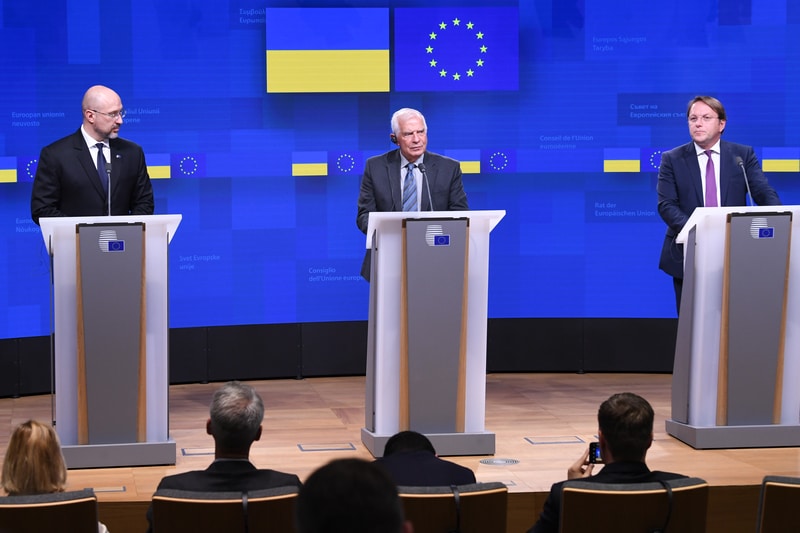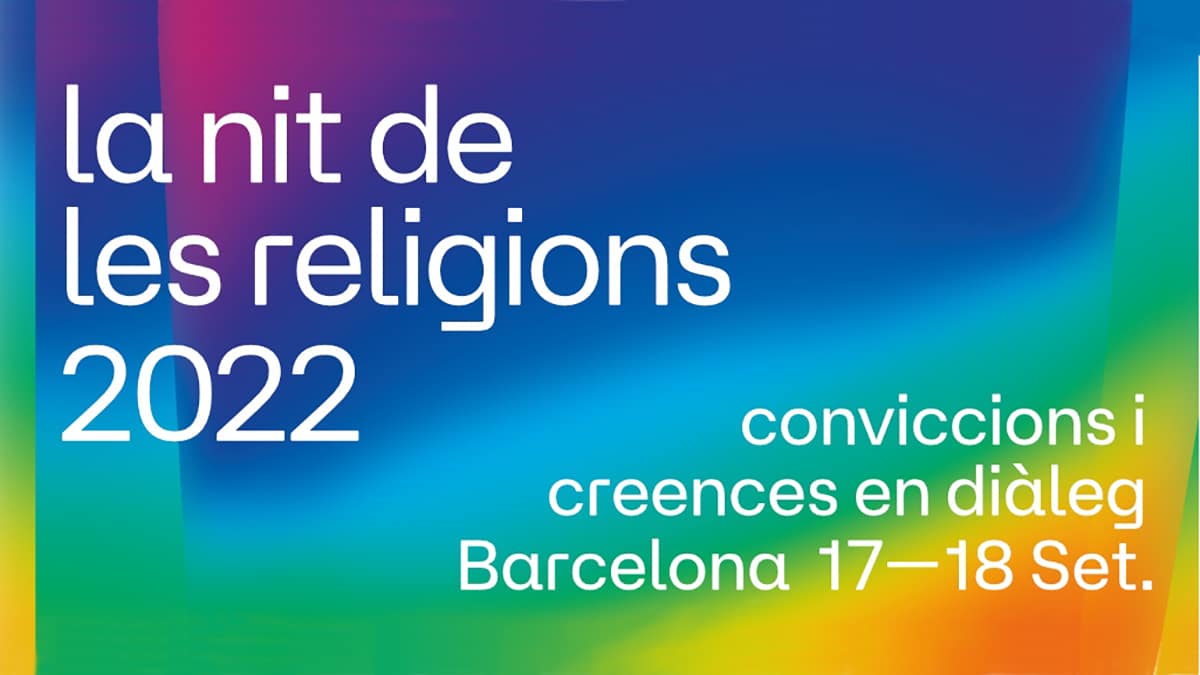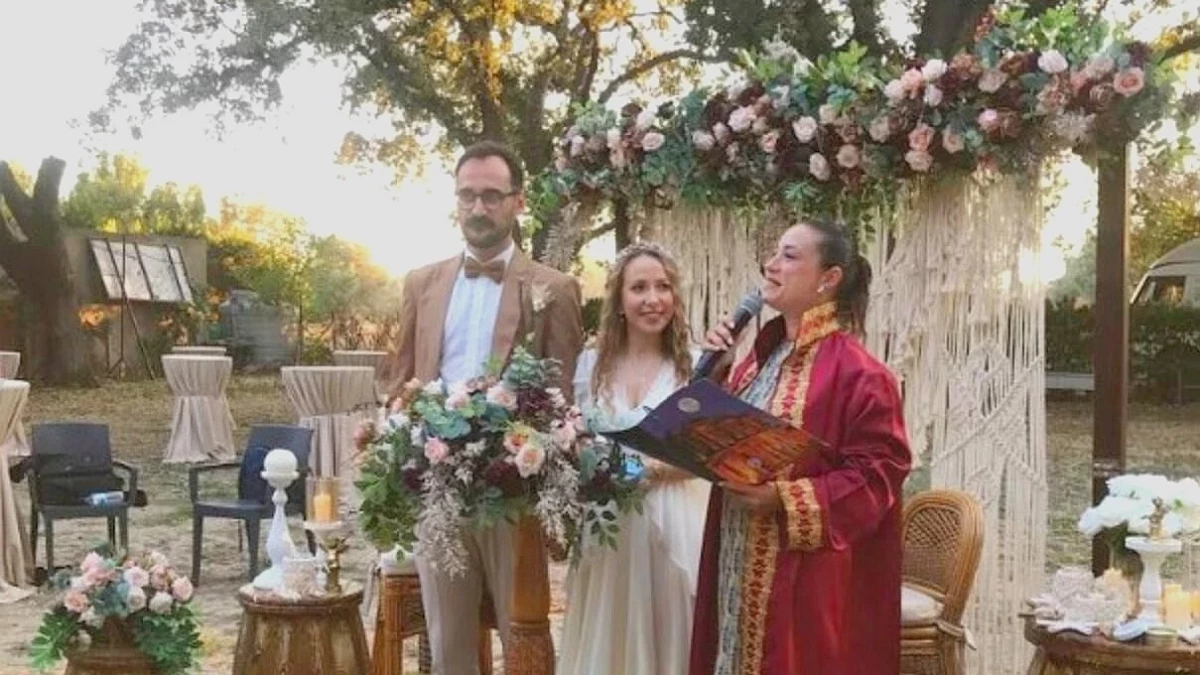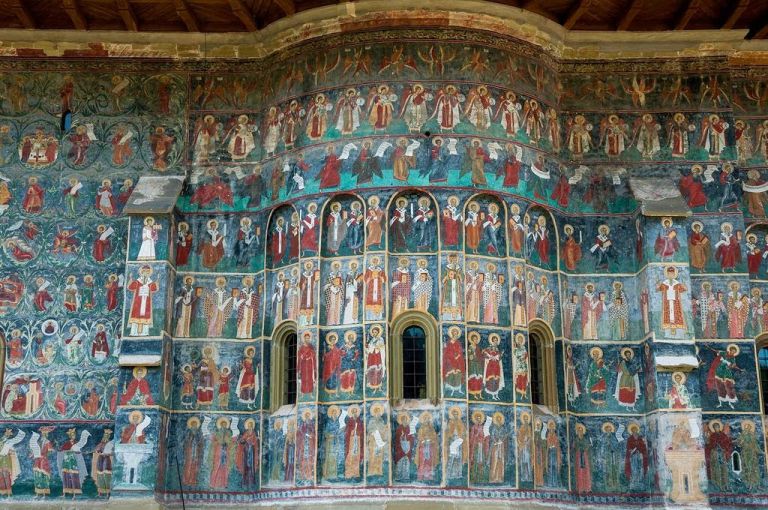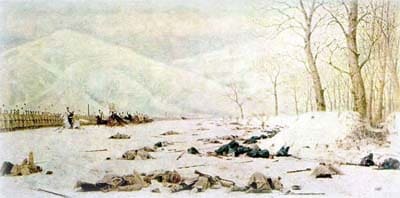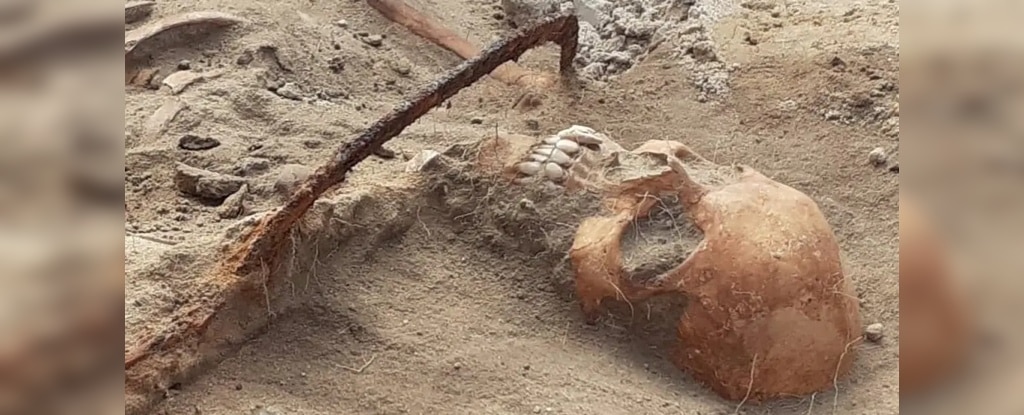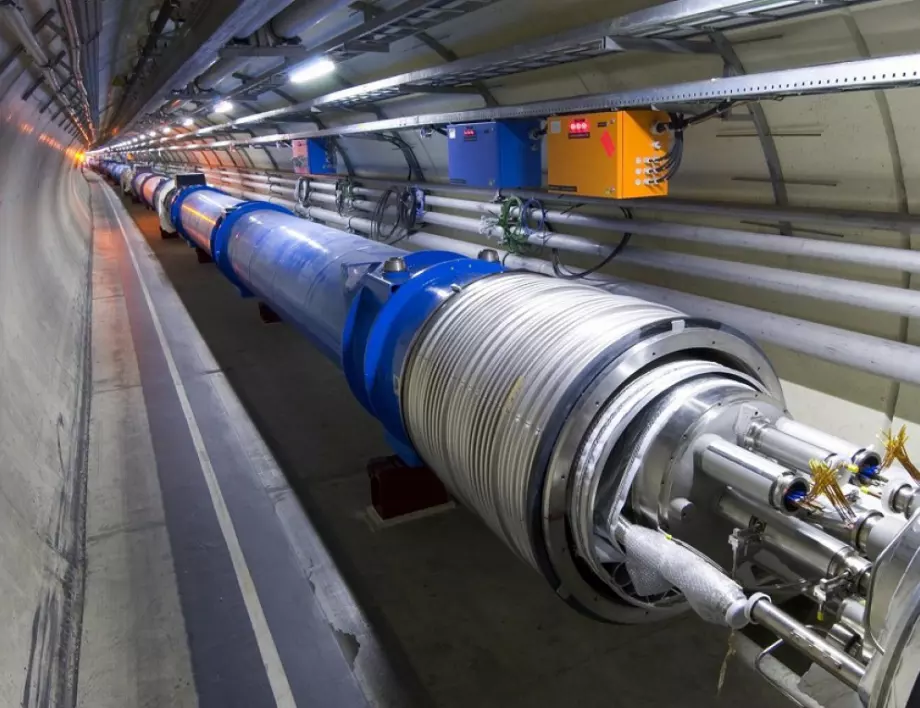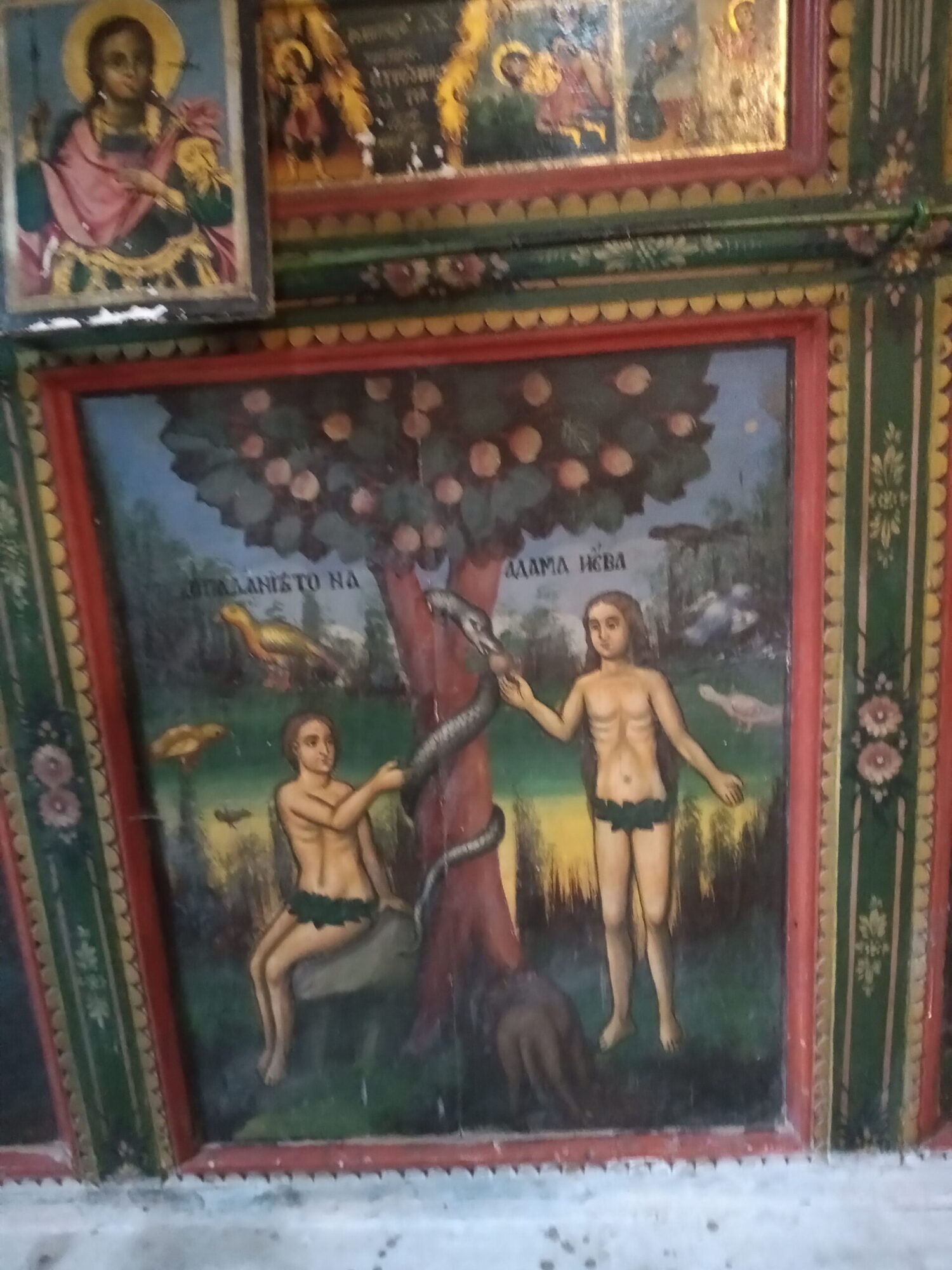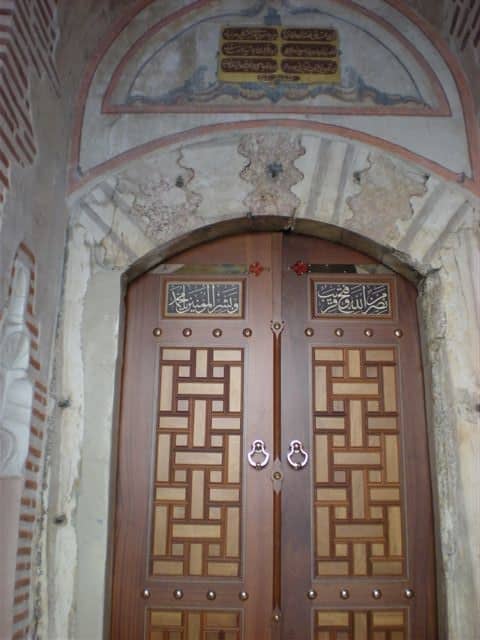On 5 September 2022, the European Union and Ukraine held the 8th meeting of the EU and Ukraine Association Council in Brussels.
The Association Council condemned in the strongest possible terms the unprovoked and unjustified Russian war of aggression against Ukraine. The EU commended the courage and determination of the Ukrainian people and its leadership in their fight to defend the sovereignty, territorial integrity and freedom of Ukraine and underlined its unwavering commitment to help Ukraine exercise its inherent right of self-defence against the Russian aggression and to build a peaceful, democratic and prosperous future. It commended Ukraine’s civil society for their continued key role in building Ukraine’s resilience against the Russian aggression.
Ukraine expressed its appreciation for the previous packages of EU restrictive measures and underlined the necessity to foster the process of strengthening EU restrictive measures against Russia. Ukraine also called for measure in the sphere of visa policy.
The Association Council emphasized that those responsible for human rights violations, atrocities and war crimes committed in the context of the Russian war against Ukraine, the perpetrators and their accomplices must be held accountable.
The EU emphasized its strong commitment to supporting the intensive work of the Prosecutor of the International Criminal court and Ukraine’s Prosecutor General in this respect and underlined its continued financial and capacity-building support to these efforts. Ukraine considered that its suggestion on the establishment of the special ad hoc international criminal tribunal for the crime of aggression against Ukraine shall be further explored. The EU recalled Ukraine’s commitment in the Association Agreement to ratify the Rome Statute of the International Criminal Court and encouraged Ukraine to implement this commitment urgently.
The Association Council highlighted the historical importance of the decision of the European Council of 23 June 2022 to recognise the European perspective and grant the status of candidate country to Ukraine. It stressed that the future of Ukraine and its citizens lies within the European Union. The EU recalled that the Council will decide on further steps once all the conditions specified in the Commission’s opinion on Ukraine’s EU membership application are fully met, underlining that the progress of Ukraine towards the EU will depend on its own merit, taking into consideration the EU’s capacity to absorb new members. The EU noted the action plan prepared by the Ukrainian Side on the implementation of the recommended steps included in the European Commission’s opinion, welcomed the progress already made, and underlined the importance of their full and effective implementation.
The EU reiterated its commitment to further strengthening relations with Ukraine, including through well-targeted support to Ukraine’s European integration efforts and exploiting fully the potential of the Association Agreement, including the Deep and Comprehensive Free Trade Area (DCFTA), and stressed the mutual commitments to that end. The EU recognised the substantial progress that Ukraine has made thus far in its reform process and underlined the need to preserve and build on the achieved results.
The Association Council welcomed the steps that Ukraine had taken thus far with regard to reforms in the sphere of anti-corruption, fighting against fraud, anti-money laundering and rule of law and urged Ukraine to pursue further efforts in these areas. It stressed the paramount importance of ensuring the independence, effectiveness and sustainability of the anti-corruption institutional framework and avoid politicisation of the work of all law enforcement agencies. The Association Council welcomed the major steps taken by Ukraine towards a comprehensive reform of the judiciary in 2021 and the appointment of the new Head of the Specialised Anti-Corruption Prosecutor’s Office, while emphasising the urgent need to complete the selection of the new Director of the National Anti-Corruption Bureau of Ukraine and the reform of the Constitutional Court of Ukraine (CCU), including a clear and transparent competitive selection process for judges.
The Association Council welcomed the prompt mobilisation of EU humanitarian assistance since the beginning of the Russian invasion against Ukraine. The Association Council also welcomed the EU’s and its Member States strong emergency response via the EU Civil Protection Mechanism at an estimated value above EUR 430 million. The EU highlighted the key priority in ensuring winterized shelter facilities and housing ahead of the upcoming winter and the need to enhance cooperation within the international community.
The Association Council recalled EU’s activation of the temporary protection status for citizens of Ukraine giving them temporary residence rights, access to labour markets and housing, medical assistance and education.
The Association Council welcomed the EU’s financial support and immediate relief efforts with over EUR 9,5 billion, including support amounting to EUR 2.6 billion under the European Peace Facility, that will have been provided since the beginning of the Russian war of aggression. The EU reiterated its strong commitment to Ukraine’s reconstruction, geared towards fast-forwarding the green, climate resilient and digital transitions, underlining its readiness to take a leading role in the effort and stressing the importance of Ukraine’s ownership. Both sides underlined the need for practical development of the partnership initiative between European and Ukrainian regions and municipalities aiming at recovery of the destroyed and damaged Ukrainian cities. The EU recalled that its support for reconstruction will be linked to the implementation of reforms to ensure the rule of law, resilient democratic institutions, to reduce the influence of oligarchs, to strengthen anti-corruption measures consistent with Ukraine’s European path and to further the process of aligning legislation with the EU acquis.
Ukraine expressed gratitude for the military assistance provided by EU Member States to the Armed Forces of Ukraine, including under the European Peace Facility and called for continuation of these efforts as long as required.
The Association Council welcomed the decision on allocation of loan funds of the European Investment Bank (EIB) in the amount of EUR 1,059 million to cover priority needs.
The Association Council noted the priority given to the objective of integration of Ukraine’s payment market participants into the Single Euro Payments Area (SEPA) and the necessary steps to achieve that objective.
The Association Council recalled the common values of democracy, rule of law, gender equality, respect for international law and human rights, including the rights of persons belonging to minorities and LGBTI persons.
The Association Council emphasised the need to ensure – in line with the recommendations of the Venice Commission – respect for rights of persons belonging to national minorities. In particular, Ukraine needs to finalise its reform of the legal framework for national minorities as recommended by the Venice Commission and to adopt effective implementation mechanisms as indicated in the steps specified in the Commission’s opinion on Ukraine’s EU membership application.
The Ukrainian side presented its vision on the accession framework.
The Association Council commended Ukraine’s decision to ratify the Istanbul Convention as a major step forward in protecting all women and girls.
The EU reconfirmed its commitment in supporting Ukraine’s efforts to preserve its macroeconomic stability during the war. Both sides acknowledged the disbursement to Ukraine of EUR 2.2 billion in emergency and exceptional EU macro-financial assistance programmes in the first half of 2022 and expressed their commitment to deliver on the remaining part of the exceptional macro-financial assistance package of up to EUR 9 billion, as announced by the Commission in its Communication Ukraine: Relief and Reconstruction of 18 May 2022.
The Association Council welcomed the success of the Deep and Comprehensive Free Trade Area (DCFTA), which has supported the doubling of bilateral trade flows since its entry into force in 2016. Both sides welcomed the temporary full trade liberalisation and temporary suspension of trade defence measures introduced by the EU on Ukrainian imports since June 2022. The EU stressed the importance of a solid implementation of the DCFTA and welcomed progress on the “Priority Action Plan for enhanced implementation of the DCFTA”. The EU welcomed Ukraine’s progress in implementing its commitments in the public procurement sector, notably as regards the first and second phases of the roadmap, which is a step towards the further gradual mutual opening of public procurement markets. The EU and Ukraine emphasized their willingness to continue negotiations on the review of customs duties under the Article 29 (4) of the Association Agreement. The EU noted in particular the decisive progress on Ukraine’s path towards joining the Common Transit Convention and the Convention on Simplification of formalities in trade in goods. The EU also confirmed its commitment to continue supporting Ukraine on its path towards an Agreement on Conformity Assessment and Acceptance of Industrial products. The Association Council welcomed Ukraine’s association to the EU Customs and Fiscalis programmes. The Association Council welcomed the start of the negotiations between Ukrainian Side and the European Commission on Ukraine’s participation in the EU Single Market Program (SMP).
The Association Council welcomed accession of Ukraine to the common transit system (NCTC) as from 1 October 2022. Ukraine underlined the importance of setting up automatic exchange of advance customs information between Ukraine and the EU Member States as an efficient instrument for combatting customs fraud.
The EU welcomed Ukraine’s ongoing engagement in implementing its commitments in the telecommunication services sector, which, if fully met, can lead to internal market treatment for this sector. The Association Council welcomed the signature of a joint statement by telecom operators based in the EU and in Ukraine on their coordinated efforts to secure and stabilise affordable or free roaming and international calls between the EU and Ukraine. The EU underlined its commitment to explore the possibilities for a longer-term arrangement eliminating roaming charges between the EU and Ukraine. The Association Council also welcomed the signing of the agreement on Ukraine’s association with the EU’s Digital Europe Programme, an important step in further integration with EU’s Digital Single Market.
The Association Council welcomed the Ukrainian Regulator’s joining the work of the Body of European Regulators for Electronic Communications (BEREC) and its supporting agency the BEREC Office.
The EU reconfirmed its solidarity with Ukraine in countering hybrid and cyber threats as well as its continued engagement in strategic communication and countering foreign information manipulation and interference, including disinformation, notably in light of increased cyber-attacks linked to Russia’s war of aggression. Both sides underlined the importance of conducting the second round of the Cyber Dialogue in September 2022 and welcomed their readiness to further extend the scope of cooperation in cyber field. The EU and Ukraine agreed to work closely on further strengthening overall resilience of Ukraine, including within actual Eastern Partnerships instruments.
The Association Council welcomed the successful synchronisation of Ukraine’s electricity grid with the Continental European Network. The Sides commended the start of commercial exchange of electricity between Ukraine and the EU. They welcomed the start of a gradual increase in electricity trade on a level playing field in terms of equivalent basic rules with respect to market access as well as compatible environmental and safety standards. The Association Council acknowledged a considerable progress of Ukraine in implementing key EU energy legislation, including the unbundling of its transmission system operators in gas and electricity. The EU reiterated its readiness to support Ukraine’s energy sector as well as reform efforts, including via the EU-Ukraine High Level Working Group on energy markets. The EU took note of the availability of vast gas storage capacities in Ukraine’s underground gas storage facilities. The Sides stressed the need to decrease dependency on Russian fossils and nuclear fuels and technologies. The EU and Ukraine agreed to continue close collaboration to coordinate the security of gas supply and increase resilience in view of possible disruptions in gas supplies.
The Association Council welcomed efforts of Ukrainian nuclear regulator and operator to maintain safe operation and energy generation on Ukrainian nuclear power plants as well as to continue corresponding legislation approximation. The Association Council condemned the Russian military control of the Zaporizhzhia Nuclear Power Plant and called for an immediate withdrawal and de-militarization of the facility, and restauration of full control over the plant to the legitimate operator and Ukrainian authorities to ensure nuclear safety and security. The Association Council emphasised its support to the efforts of the IAEA and underlined the need for the Zaporizhzhia nuclear power plant to remain an integral part of the Ukrainian energy system.
The Association Council stressed the need to achieve Ukraine’s green transition as part of the reconstruction efforts. Both sides welcomed the finalisation of the development process of the EU – Ukraine strategic partnership on renewable gases.
The Association Council welcomed the signature of the agreement to associate Ukraine to the LIFE Programme, with the objective of addressing climate change and environmental challenges, including air, soil and water contamination, biodiversity conservation through the demonstration of innovative solutions and techniques and the capacity building of actors involved.
Both sides welcomed the intention of the parties to complete in 2022 the negotiations on an Agreement on Ukraine’s accession to the regional satellite navigation system European Geostationary Navigation Overlay Service (EGNOS).
The Association Council welcomed successful transit of the first ships from Ukrainian ports following successful UN and Turkey mediation. It welcomed also the ongoing implementation of the EU solidarity lanes action plan and its achievements so far. Ukraine highlighted the Solidarity Lanes as a key assistance by the EU to address the challenges in relation to agricultural exports and its necessary imports due to the persisting constraints put by Russia on Ukraine’s Black and Azov Sea ports. The Council welcomed the Ukrainian initiative to associate with the Connecting Europe Facility (CEF) Programme. The Council welcomed the provisional application of the road transport agreement between the EU and Ukraine and the amendment of the indicative TEN-T maps for Ukraine. Ukraine underlined the need to further update the TEN-T maps for Ukraine, in particular regarding inclusion of the Danube river.
The Association Council welcomed the potential of the cross-border cooperation programmes with EU Member States to foster the capacities of regional and local authorities and to further strengthen the EU-UA links. The Association Council also welcomed additional financial support of 26.2 million for Ukraine in the new Interreg programmes 2021-2027 as well as more flexible legal provisions towards the on-going cooperation programmes with the EU. The EU marked the renewed Ukraine Presidency of the European Strategy for the Danube Region.
The EU encouraged Ukraine to participate in and take fully advantage of the international dimension of the Erasmus+ programme. The Association Council welcomed the entry into force of Ukraine’s association agreement to the Creative Europe Programme and to Horizon Europe and EURATOM Research & Training programmes. The Association Council welcomed the signature of the agreement to associate Ukraine to the EU4Health Programme.
The Association Council commended the EU support to Ukraine’s cultural and creative sectors.
The meeting was co-chaired by Denys Shmyhal, Prime Minister of Ukraine and Josep Borrell, High Representative of the European Union for Foreign Affairs and Security Policy.



